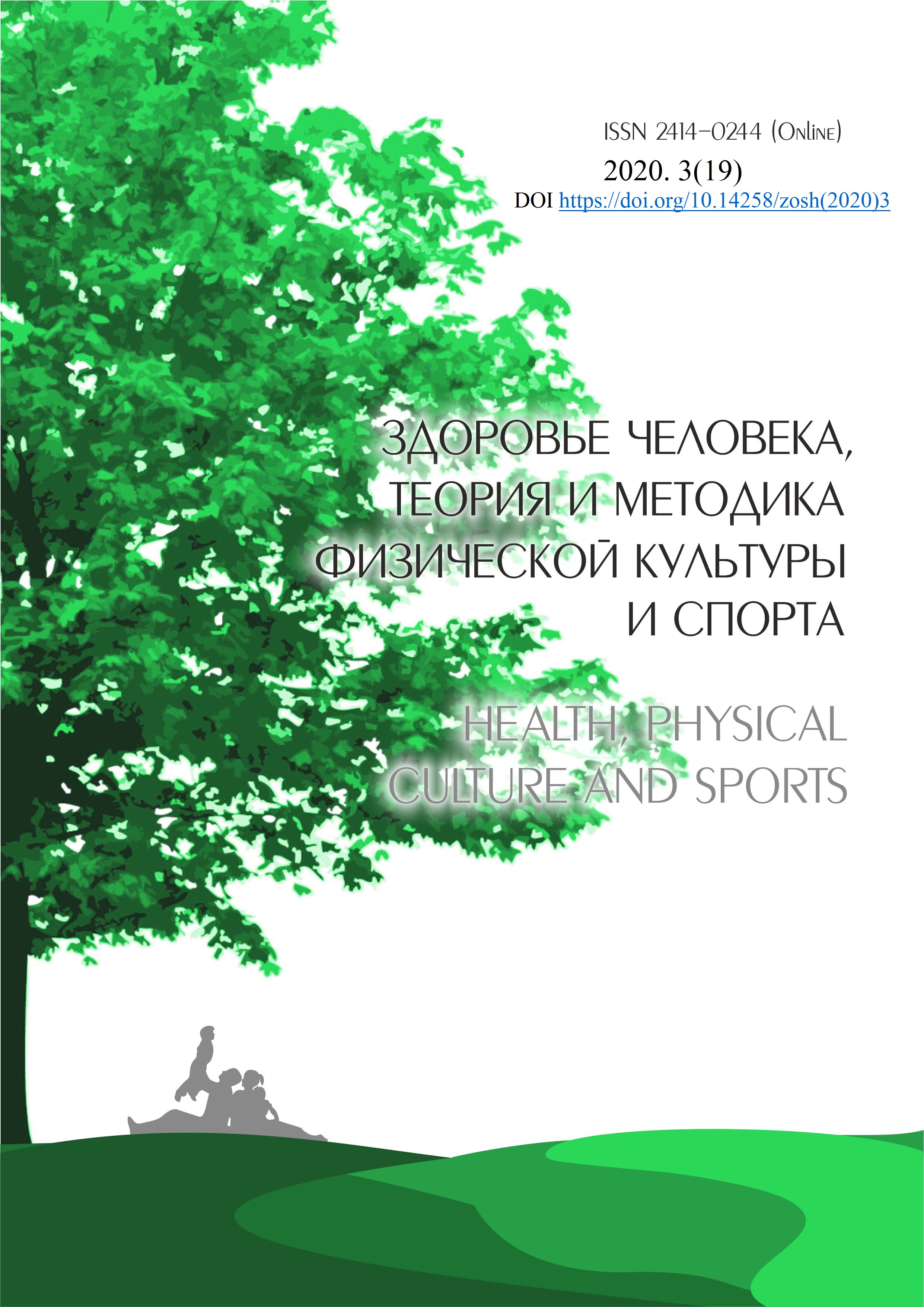Концентрация и устойчивость внимания у детей младшего школьного возраста при наличии дневного сна
Abstract
Lack of sleep, poor quality of sleep affect memory, the quality of learning, and the psychological state of the student. The aim of the work is to study how the presence of daytime sleep affects the concentration and stability of attention in children of primary school age. The study involved 30 first-grade students aged 6-7 years. The method of proofreading samples with the use of proofreading tables of Bourdon is used. Concentration of attention and stability of attention before and after sleep were determined. It was found that the concentration of attention after sleep significantly increased for both girls and boys. The coefficient of attention stability is significantly higher in girls than in boys. Sleep fruitfully affects children's rest, its presence increases their ability to work and assimilation of the provided educational material.
Downloads
References
2. Курганов С. А.. Влияние качества сна на агрессивность школьников Вопросы студенческой науки. 2017. № 8. С. 30-35.
3. Курганов С. А. Сон, сновидение и обучение в школе, проводим. Новая наука: теоретический и практический взгляд. 2015. № 6. С. 142-144.
4.Бердина О.Н. [и др.] Медицина сна в педиатрии (обзор литературы) Acta Biomedica Scientifica. 2011. № 5. С. 207-211.
5. June C., Twan D., S. Karamchedu S. Differential effects of split and continuous sleep on neurobehavioral function and glucose tolerance in sleep-restricted adolescents Sleep. 2019 Vol. 42 (5). P. 16.
6. Liu J., Feng R., Raine A. Midday napping in children: associations between nap frequency and duration across cognitive, positive psychological well-being, behavioral, and metabolic health outcomes Sleep. 2019. Vol. 42 (9). P. 23.
7. Horvath K., Plunkett K. Spotlight on daytime napping during early childhood Nature and Science of Sleep. 2018. Vol. 2018 (10). P. 97–105.
8. Horvath K., Plunkett K. Frequent daytime naps predict vocabulary growth in early childhood Journal of Child Psychology and Psychiatry, and Allied Disciplines. 2016. Vol. 57 (9). P. 1008-1017.
9. Yang G., Cichon J., Ma L. Sleep promotes branch-specific formation of dendritic spines after learning Science. 2014. Vol. 344 (6188). P. 1173-1178.
10. Derk-Jan Dijk. Napping: when sleep is bad for you? Journal of sleep research. 2015. Vol. 24(5). P. 475.
REFERENCES
1. Smorchkova V. P., Kurganov S. A. (2016). The influence of sleep duration and dreams on the quality of learning. Kazan pedagogical journal, no. 1, pp. 209-212. (in Russia)
2. Kurganov S. A. (2017). Influence of sleep quality on aggressiveness of students Questions of student science. № 8, pp. 30-35. (in Russia)
3. Kurganov S. A. (2015). Sleep, dreaming and learning at school, we conduct. New science: a theoretical and practical view. № 6, pp. 142-144. (in Russia)
4. Berdina O. N. [et al.] (2011). Sleep medicine in Pediatrics (literature review). ActaBiomedica Scientifica. № 5, pp.207-211. (in Russia)
5. June C., Twan D., S. Karamchedu S. (2019). Differential effects of split and continuous sleep on neurobehavioral function and glucose tolerance in sleep-restricted adolescents. Sleep. Vol. 42 (5), p.16. (in Englich)
6. Liu J., Feng R., Raine A. (2019). Midday napping in children: associations between nap frequency and duration across cognitive, positive psychological well-being, behavioral, and metabolic health outcomes. Sleep. Vol. 42 (9), p.23. (in Englich)
7. Horvath K., Plunkett K. (2018) Spotlight on daytime napping during early childhood Nature and Science of Sleep. Vol. 2018 (10), pp. 97-105. (in Englich)
8. Horvath K., Plunkett K. (2016). Frequent daytime naps predict vocabulary growth in early childhood. Journal of Child Psychology and Psychiatry, and Allied Disciplines. Vol. 57 (9), pp.1008-1017. (in Englich)
9. Yang G., Cichon J., Ma L. (2014) Sleep promotes branch-specific formation of dendritic spines after learning. Science. Vol. 344 (6188), pp. 1173-1178. (in Englich)
10. Derk-Jan Dijk (2015). Napping: when sleep is bad for you?) Journal of sleep research. Vol. 24(5), p. 475. (in Englich)
Copyright (c) 2020 Health, physical culture and sports

This work is licensed under a Creative Commons Attribution-NonCommercial 4.0 International License.
An author should not normally publish manuscripts describing essentially the same research in multiple journals or publication venues. Such redundant publication is generally considered to constitute unethical publishing behavior, and if discovered may result in a manuscript under consideration being rejected, or a published article being retracted.
Authors of manuscripts reporting on original research should present an accurate account of the work performed, accompanied by an objective discussion of its significance. Underlying data should be represented accurately in the manuscript. The manuscript should contain sufficient detail and references to permit others to replicate the work. The fabrication of results and the making of fraudulent or knowingly inaccurate statements constitute unethical behavior and may be cause for rejection or retraction of a manuscript or published article.





